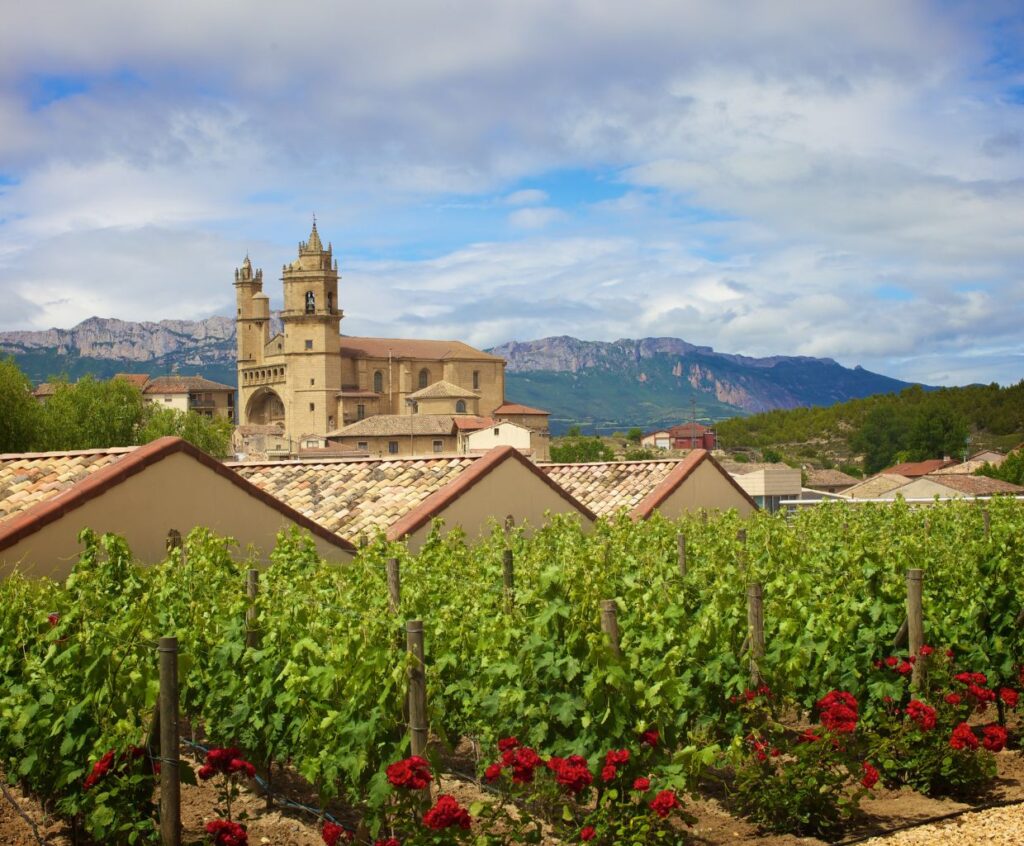Exploring Rioja – Spain’s Distinguished Wine Region
Welcome to Rioja, a region in Spain known for its remarkable wines and breathtaking landscapes.
Situated in the northern part of the country, Rioja has been producing exceptional wines for centuries, making it a must-visit destination for wine enthusiasts and travelers alike.
The History of Rioja Wine
The history of winemaking in Rioja dates back to Roman times, with evidence of vineyards and wine production throughout the region. However, during the Middle Ages, Rioja’s wines gained recognition thanks to the influence of French monks who introduced new winemaking techniques and grape varieties.
Fast forward to the 19th century, Rioja’s winemakers began to adopt modern production methods, further enhancing their wines’ quality. The region’s commitment to excellence and tradition has led to Rioja becoming one of the most respected wine regions in the world.
The Terroir
Rioja’s unique terroir plays a significant role in producing its distinguished wines. The region’s diverse soils, ranging from chalky clay to alluvial, provide different characteristics to the grapes, resulting in a wide range of flavors and aromas.
Rioja’s continental climate, with hot summers and mild winters, also creates the perfect conditions for grape cultivation. The influence of the nearby Ebro River also contributes to the region’s microclimate, ensuring optimal conditions for vine growth.
The Types of Rioja Wine
1. Rioja Crianza
Rioja Crianza wines are aged for at least two years, with at least one year spent in oak barrels. These wines are known for their vibrant fruit flavors, balanced acidity, and soft tannins. They are a great introduction to the world of Rioja wines.
2. Rioja Reserva
Rioja Reserva wines undergo longer aging periods, typically three years, with at least one year in oak barrels. This extended aging process results in wines with greater complexity, intense flavors, and a velvety texture. These wines are perfect for special occasions or those seeking a more refined wine experience.
3. Rioja Gran Reserva
Rioja Gran Reserva wines are the pinnacle of Rioja winemaking. They are aged for at least five years, with at least two years in oak barrels. These wines exhibit exceptional depth, elegance, and complexity. With their aging potential, they offer a genuinely remarkable tasting experience.
Exploring Rioja
In addition to its world-class wines, Rioja offers visitors a wealth of experiences. The region has charming wineries and vineyards where you can indulge in wine tastings, cellar tours, and grape harvesting during harvest season.
Furthermore, the picturesque landscapes of Rioja are worth exploring. From the rolling vineyards to the medieval towns, there is no shortage of breathtaking sights to behold. Don’t forget to savor the local cuisine, which perfectly complements the rich flavors of Rioja wines.
Whether you are a wine lover or appreciate the beauty of nature, a visit to Rioja will leave a lasting impression. The region’s distinguished wines, warm hospitality, and captivating landscapes make it a truly unforgettable destination.
How do the region’s climate and terroir contribute to Rioja wine’s unique flavors and styles?
The region’s climate and terroir play a significant role in shaping Rioja wines’ unique flavors and styles. The Rioja region in northern Spain experiences a continental climate with Atlantic and Mediterranean influences.
The climate is characterized by hot summers, cold winters, and significant temperature variations between day and night. These conditions allow the grapes to ripen slowly and develop complex flavors while retaining sound acidity. The warm summers provide enough heat for the grapes to mature fully, while the cool nights help preserve the acidity, balancing the sweetness of the fruit.
The region’s terroir also contributes to the distinct characteristics of Rioja wines. The soils in Rioja vary, but the most renowned vineyards are planted on a combination of limestone, clay, and alluvial soils. These soils provide good drainage, which helps regulate water availability to the vines, promoting healthy grape development.
Additionally, the Rioja region is influenced by the Sierra de Cantabria and Sierra de la Demanda mountain ranges, which act as natural barriers, protecting the vineyards from harsh winds and extreme weather conditions. This protection allows the grapes to ripen evenly and maintain their delicate flavors.
The combination of the climate and terroir in Rioja creates ideal conditions for cultivating Tempranillo, the dominant grape variety in the region. Tempranillo thrives in these conditions, producing wines with vibrant fruit flavors, balanced acidity, and elegant tannins.
Furthermore, Rioja wines are often aged in oak barrels, which adds another layer of complexity to their flavor profile. The oak imparts vanilla, spice, and toast flavors, enhancing the grapes’ characteristics and providing a distinctive style to the wines.
In summary, the region’s climate and terroir contribute to the unique flavors and styles of Rioja wines by providing optimal conditions for grape ripening, balanced acidity, and the development of complex flavors. Combined with the traditional aging process in oak barrels, these factors result in the renowned and diverse range of Rioja wines.
What key characteristics make Rioja a distinguished wine region in Spain?
Rioja is a distinguished wine region in Spain due to several key characteristics:
1. Traditional winemaking techniques: Rioja has a long history of winemaking, with techniques passed down through generations. The region focuses on traditional winemaking methods, including aging wine in oak barrels and blending grape varieties.
2. Unique terroir: Rioja’s location in northern Spain, between the Sierra de Cantabria and the Ebro River, provides diverse soils and microclimates. This variation in terroir allows for the cultivation of different grape varieties and contributes to the complexity and diversity of Rioja wines.
3. Tempranillo grape variety: Rioja is primarily known for its red wines, made mainly from the Tempranillo grape variety. Tempranillo thrives in the region’s climate and produces wines with vibrant fruit flavors, balanced acidity, and structured tannins.
4. Oak aging: Rioja wines are known for their extended aging in oak barrels, which impart unique flavors and aromas. The region has specific aging classifications, including Crianza, Reserva, and Gran Reserva, which denote the minimum time the wine must spend in oak barrels and bottles before release.
5. Quality control and regulatory system: Rioja has a strict regulatory system, ensuring the quality and authenticity of its wines. The Consejo Regulador de la Denominación de Origen Calificada Rioja (CRDO) oversees the region and enforces grape varieties, winemaking processes, and aging requirements regulations.
6. Versatility in wine styles: Rioja produces a wide range of wine styles, from young and fruity wines to complex and age-worthy ones. This versatility allows consumers to find a Rioja wine that suits their preferences and occasions.
7. International recognition: Rioja wines have gained international recognition and acclaim for their quality and consistency. Rioja is one of the most well-known and respected wine regions in Spain, and its wines are enjoyed by wine enthusiasts worldwide.





